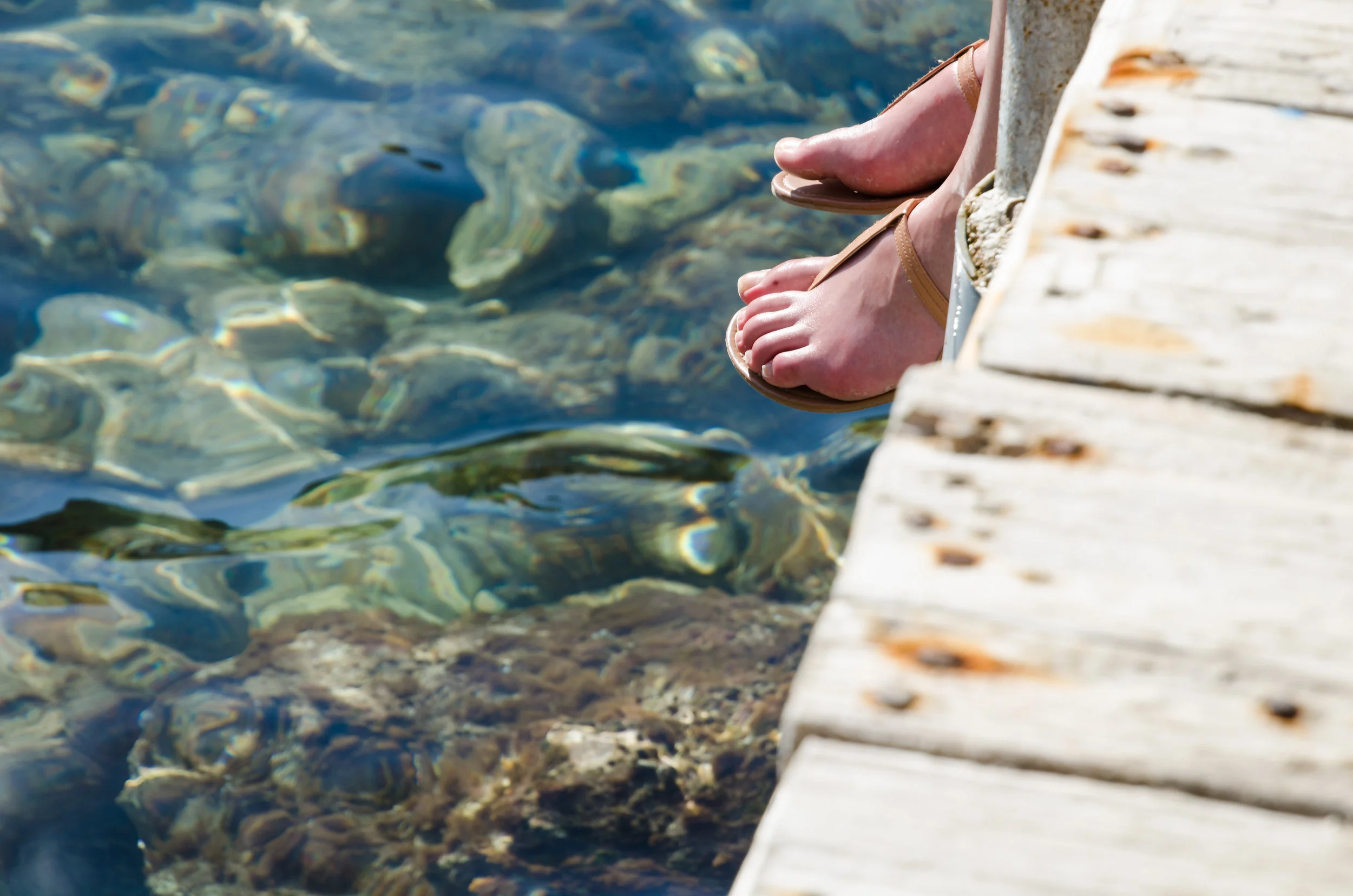Verruca Needling
At Go Podiatry we know that verrucae can be very resistant to treatment, and that for some people dry needling may be appropriate.
All treatments are aimed at provoking an immune response for your body to get rid of the verruca. These include (after gentle removal of overlying skin); caustic treatments (salicylic acid and silver nitrate); cryotherapy (freezing); and Verruca Needling (‘Falknor’s needling’).
For caustics and cryotherapy, a programme of treatment, with regular visits, may be needed. Advice is given on what you can do at home to continue treatment between visits.
If the verruca does not hurt, is not growing or spreading, or is on a young child, you may choose to leave it and allow the body time to fight the virus. Many people simply cover it with a plaster.
Results can vary depending on a range of factors. Some verrucae can resolve without treatment. Many verrucae will resolve with podiatry treatment although some may be very difficult to treat.
Needling Explained
Eradication of a verruca requires every infected cell to be destroyed. This needs an antibody response via the immune system when given the chance and needling gives us that chance.
The virus is confined to the epidermis and it is thought the immune system does not detect it. Needling triggers an immune response, and when successful the verruca undergoes a natural deterioration before ultimately disappearing.
Needling is carried out under local anaesthetic. Only one treatment may be needed, but sometimes a further treatment may be required. Reviews are normally carried out after 1 week, then at 3 months and 6 months.
No verruca treatment is 100% guaranteed, but the evidence supporting the effectiveness of this treatment continues to grow.

